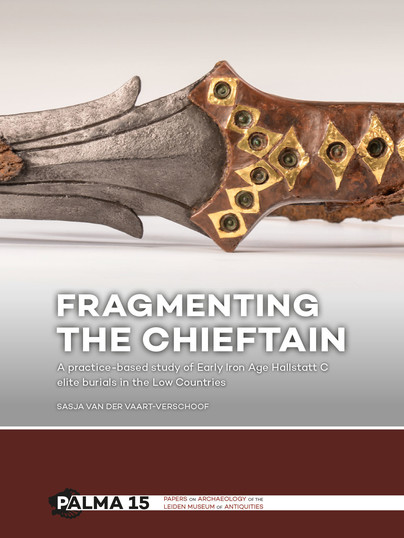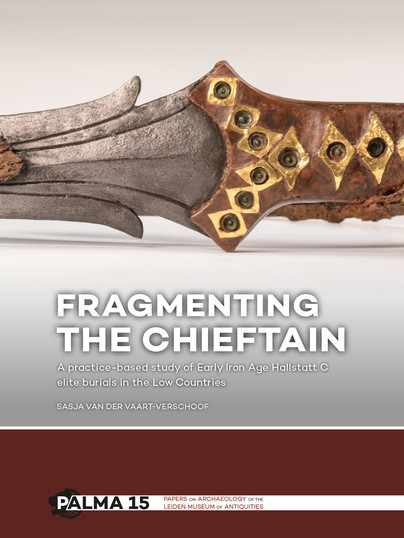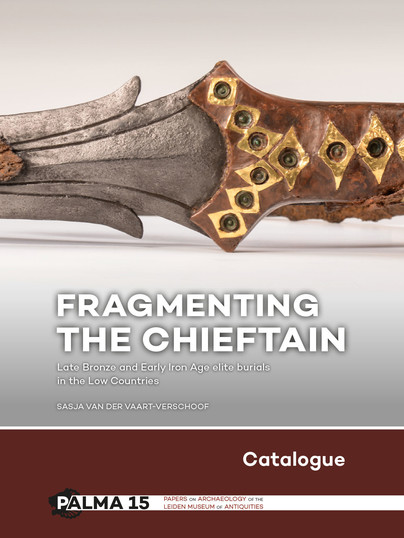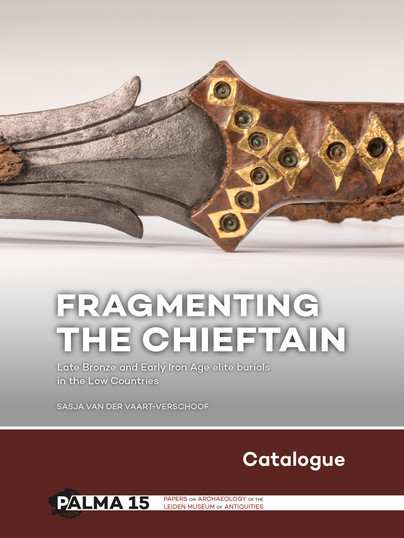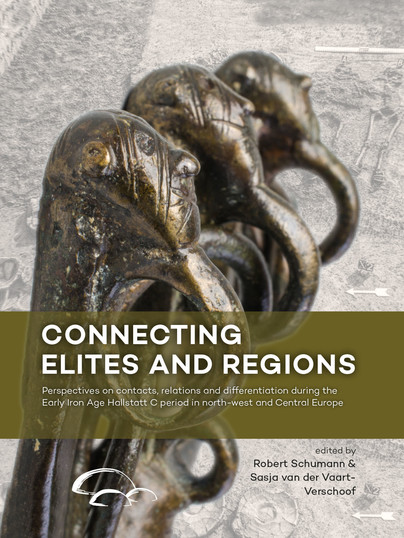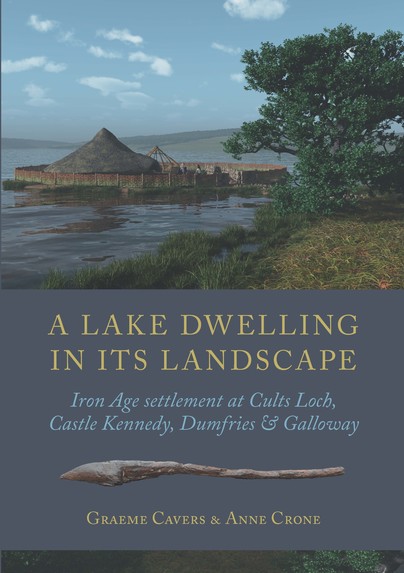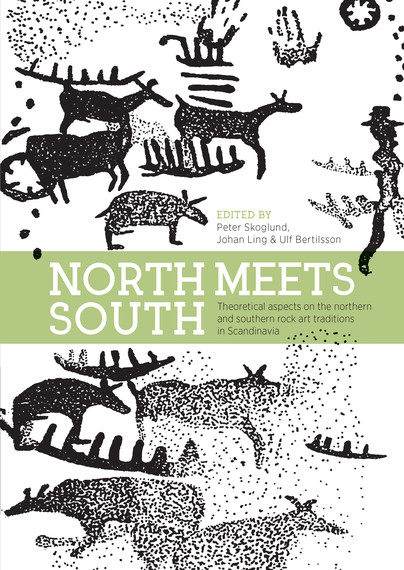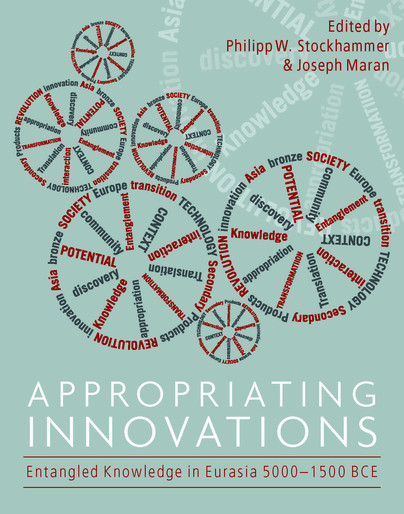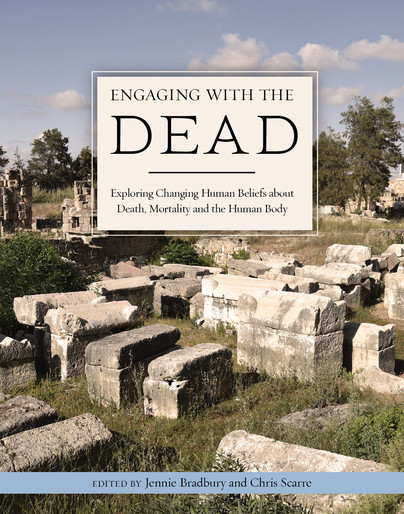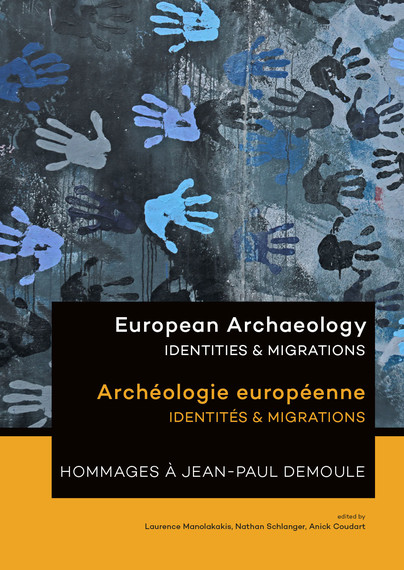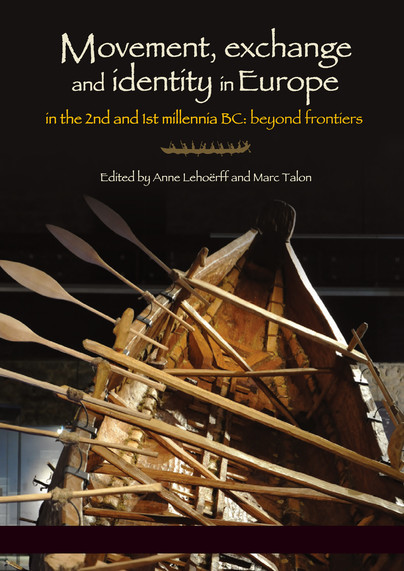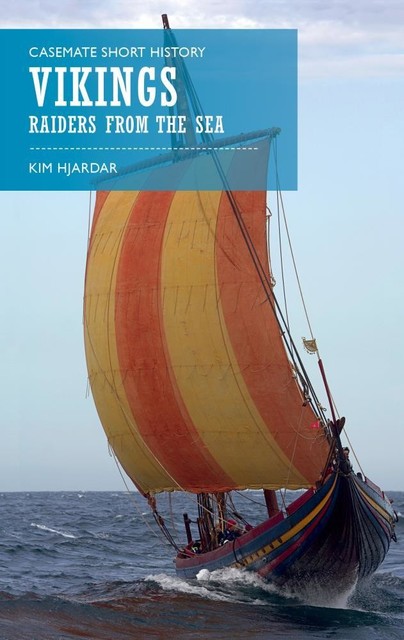

Pages: 200
ISBN: 9789088905186
Pub Date: 28 Dec 2017
Imprint: Sidestone Press
Illustrations: >50 fc
Pages: 200
ISBN: 9789088905179
Pub Date: 28 Dec 2017
Imprint: Sidestone Press
Illustrations: >50 fc
Description:
Did ancient Europeans truly believe in an active after-life, as modern Europeans would like to think they did? What purpose did grave-goods actually serve? Are archaeology and the historical sciences in general able to shed, once and for all, a curse placed upon them at their inception as research disciplines in the early nineteenth century?

